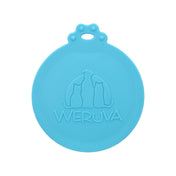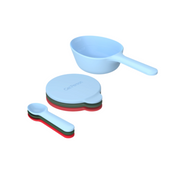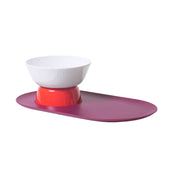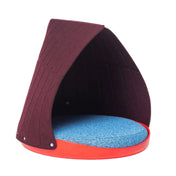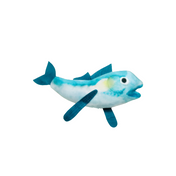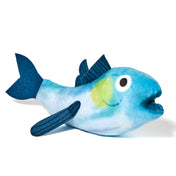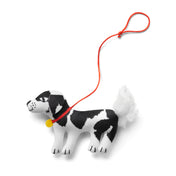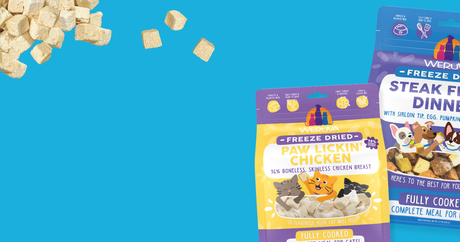Feeding a cat isn’t always as simple as filling a bowl. More often than not, it turns into a daily guessing game. What will they eat today? Will they even touch it? For many cat parents, mealtime becomes a routine of trial, error, and abandoned bowls.
Picky eating in cats is one of the most common feeding challenges cat parents face, but did you know it often starts in kittenhood? The food experiences your kitten has early in life shape their lifelong preferences. It’s a phenomenon known as imprint eating, and understanding feline habits is key to raising a cat who’s curious, confident, and open to variety.
What Is Imprint Eating?
Just like people crave the comfort foods they grew up with, cats also develop strong food preferences early in life. Imprint eating in kittens refers to a tendency to form lasting associations with the foods they’re exposed to during their early development.
Between 3 to 8 weeks old, kittens are learning what food is: what it smells like, what textures they like, and how it tastes. If they’re only introduced to one or two types of food, they’re more likely to stick to those familiar options for the rest of their lives, even if healthier cat food options are offered later.
Why Is My Cat So Picky?
If your adult cat refuses to eat anything new, it’s not just stubbornness. It’s instinct. Many "picky eaters" are simply following the preferences they developed as kittens. They gravitate toward familiar textures, smells, and flavors because that’s what they’ve learned is safe.
While variety is best introduced during kittenhood, you can help an older cat become more adventurous. Gradually offering new foods, warming meals to boost aroma, and serving small portions alongside familiar favorites can expand their palate over time.
Why It's Good to Switch It Up
You might be wondering: if your cat is happily eating a food you trust, why switch things up? If they’re growing, thriving, and cleaning their bowl, what’s the benefit of rotating cat food?
Even if they seem satisfied now, feeding a variety of foods has long-term benefits. Rotating between proteins and textures supports balanced nutrition and prevents your cat from becoming dependent on just one type of food.
Offering variety can also:
- Encourage an adventurous appetite.
- Help reduce the risk of cat food allergies or sensitivities.
- Make future dietary transitions for cats easier.
Cats do love routine. But when that routine includes healthy rotation, you’re setting them up for a lifetime of better eating.
Kitten Feeding Tips: How to Prevent Picky Eating Early

Here are some essential kitten feeding tips to support healthy, flexible eating from the start:
Serve up variety early
Introduce different textures (paté, shreds, etc), flavors (poultry, fish, beef), and formats (wet, freeze dried). The more variety your kitten experiences early on, the less likely they’ll become stuck on one type of food.
Feed hydrating cat food
Kittens need real, nutritious ingredients to fuel their growth. Weruva’s kitten recipes are packed with high-quality proteins and moisture-rich formulas to support development and hydration.
Rotate foods regularly
Don’t wait for boredom to set in. Rotating kitten food between recipes keeps your kitten curious and open to trying new things. This not only prevents picky eating but also keeps mealtime exciting.
The Weruva Way: Flavor, Variety, and Happy Kittens
At Weruva, we know that good nutrition is the foundation of a happy, healthy life. That’s why we offer wet food for kittens that’s made with real meat and designed to meet their specific nutritional needs. Whether you’re feeding them shreds in gravy or a creamy paté, you’ll find flavors that help build confidence and curiosity at mealtime.
If you want your kitten to be a fearless foodie, it’s all about giving them the right start. With high-protein kitten food, moisture-rich formulas, and variety in every bowl, they’ll be set up for a lifetime of good eating habits. Your kitten won’t just eat well—they’ll love every bite.





